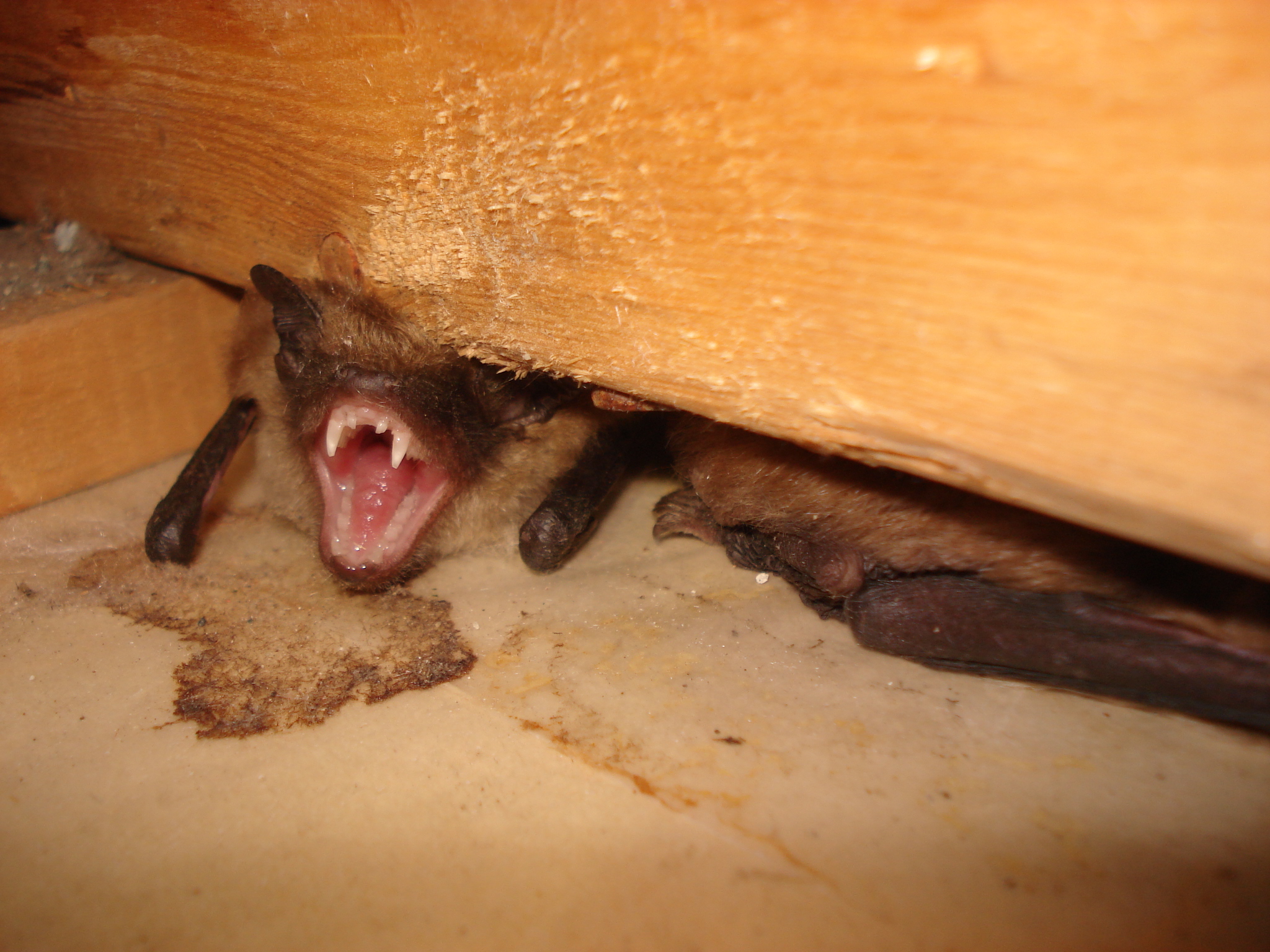

(It’s ok if you guess wrong in the Tracker app – we can fix the species ID.) Please do not disturb or touch any bats you may find.Ī Hoary Bat (Lasiurus cinereus) spotted roosting from a low tree branch at Island Beach State Park, 9/29/21. Please share any bat sightings with our Endangered and Nongame Species Program by using the NJ Wildlife Tracker web app: Īll bat species are of interest just take a few good photos so we can identify the one you saw. We are trying to learn more about the migration paths that bats follow from “here” to “there.” You can help! They’re usually solitary and may rest in place for several days before continuing their journey. Along their journey, bats can turn up in some random places – like clinging to window screens or buildings, inside parking garages, etc. Some bats don’t go very far throughout the year, but others may travel hundreds of miles to winter farther south (as Eastern Red Bats do) or to hibernate below ground (as Little Brown Bats do). Of the bats that hibernate in homes, big brown bats are the most troublesome.It’s migration season for bats. Bats that hibernate in homes may carry parasites, such as ticks and fleas, that can spread throughout the home. If unable to find food, the bat may starve to death. However, when disturbed by sudden lights, loud noise, or increased temperature, bats may fly around in search of food. Most bats generally remain dormant and move as little as possible during hibernation in order to use as little stored fats as possible. They may also crawl into small rock crevices and squeeze themselves into unusual positions, such as lying on their heads. Old and abandoned barns are also favorite spots for bats. Some species also hide in hollow trees or cavities bored by other animals, such as woodpeckers. Rocks, caves, and homes are some of the common places in which bats will hibernate during the winter. Bats cannot build nests or bore holes in the ground, so they utilize any gap they can find. Some bats also migrate to warmer areas where they hope to remain active rather than hibernate. Where Do Bats Hibernate?Īs winter approaches, bats begin to look for a comfortable place to roost, a place where they can hibernate during the cold season. Interestingly, a bat's heart rate drops to about 4 beats/minute during hibernation, which is an impressive drop considering that its heart rate can reach 1,000 beats/minute while flying. Thus, a hibernating bat uses little energy and can survive on stored fats rather than spending energy searching for food. While in the state of torpor, a bat's body temperature falls and its rate of metabolism slows. Bats begin to hibernate in November and remain inactive until approximately mid-May. This period allows the animals to survive the cold harsh winter season. Hibernation is simply a period of extended deep sleep for bats, also referred to as torpor. During the period of hibernation, bats can be found in clusters on ceilings and cave walls, curled up like balls. Not all bat species hibernate, but those that do are species that live in high altitude areas where food becomes scarce during the cold winter season. In addition to being nocturnal animals, some species of bats are known to go into hibernation, especially during the cold winter season. Bats live throughout the world, except in extremely cold regions. Bats are primarily nocturnal animals and prefer dark places during the day, such as caves. Additionally, other species, such as the vampire bat, feed on blood. Most species of bats are insectivorous, while others are frugivores, meaning that they feed on fruits. However, bats have recently been divided into Yinqterochiroptera, which includes megabats and certain species of microbats, and Yangochiroptera. Bats are traditionally sub-divided into two sub-orders: echolocating microbats and fruit-eating megabats. Bats belong to the order Chiroptera, which is the second largest order of mammals, and accounts for about 20% of all mammal species, with roughly 1,200 species. Their forelimbs are adapted into wings which can naturally sustain flight. Do Bats Hibernate? A group of lesser horseshoe bats hibernating in a cave.īats are the only mammals that have the true ability to fly.


 0 kommentar(er)
0 kommentar(er)
